If the U.S. and China can agree on renewables, surely our provinces can do the same
Clean Energy Canada
DECEMBER 5, 2023
Canadians overwhelmingly prefer solar (74 per cent), wind (67 per cent), and hydropower (67 per cent) compared to just 46 per cent who support natural gas and 18 per cent who support coal, according to a new poll from Clean Energy Canada and Abacus Data. Hardly a wedge issue. Texas leads renewable development in the U.S.


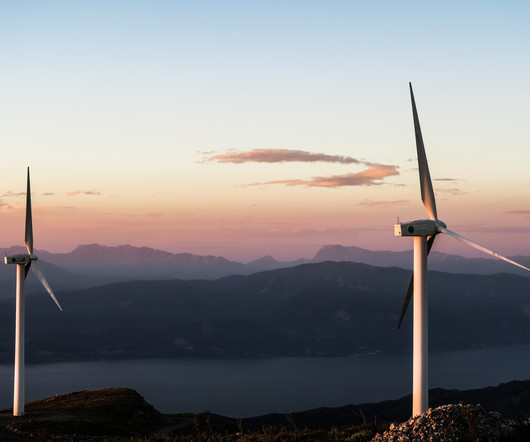
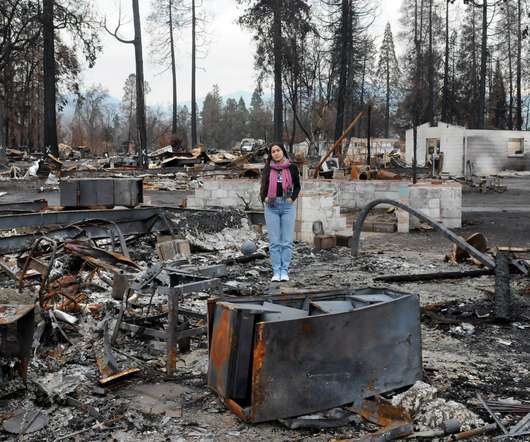
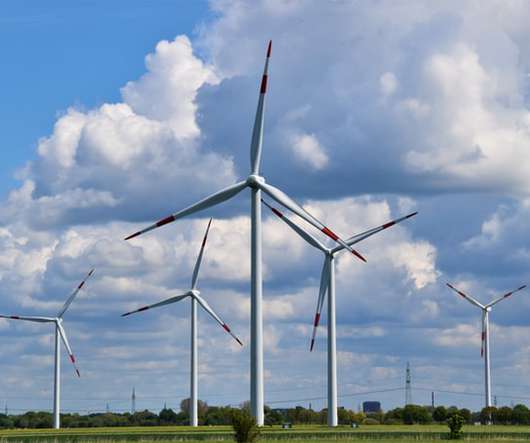

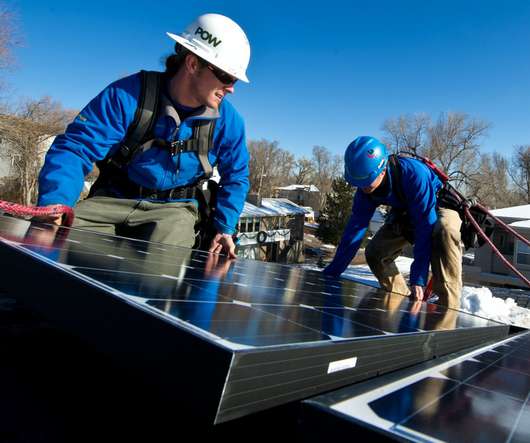


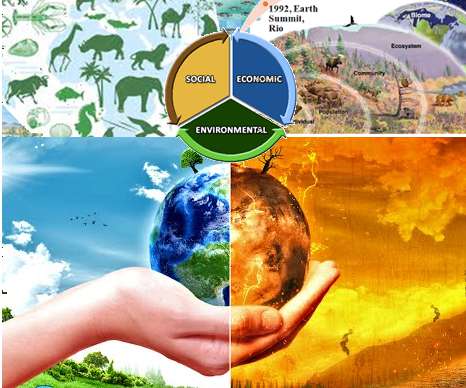
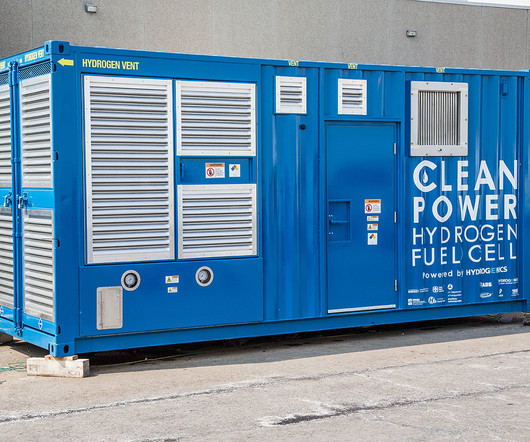
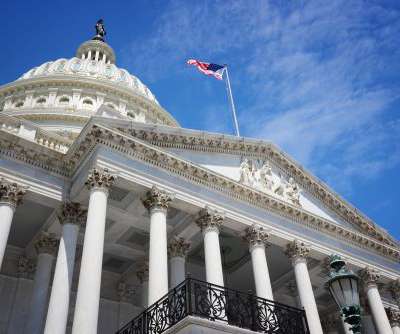



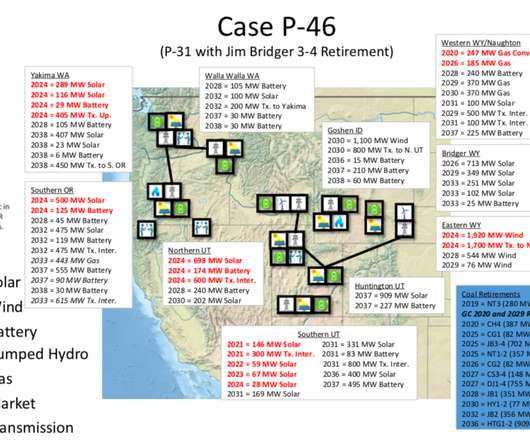
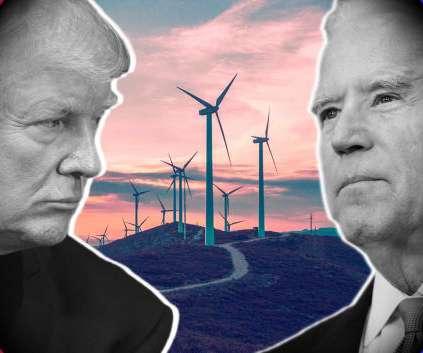








Let's personalize your content